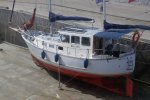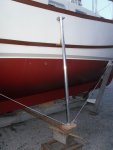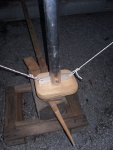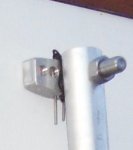Dunx
Active member
Im hoping this won’t be excluded under forum rules. We have a set of the fully adjustable large yachtlegs. They came with the boat and are unused. After having the bags with them in for 4 years in the garage I have finally opened them up ( I love corroded zips) to find there are no stand offs or feet. The Yachtlegs company don’t make them any more.
Frankly I don’t ever see us using them, even if I could get the parts, so was thinking of selling them. Has anyone got any idea how much they would have cost originally in order to price them for sale? Any old brochures etc?
Frankly I don’t ever see us using them, even if I could get the parts, so was thinking of selling them. Has anyone got any idea how much they would have cost originally in order to price them for sale? Any old brochures etc?





